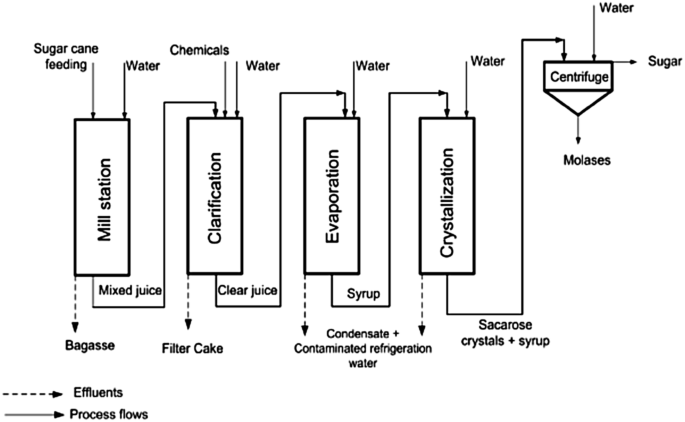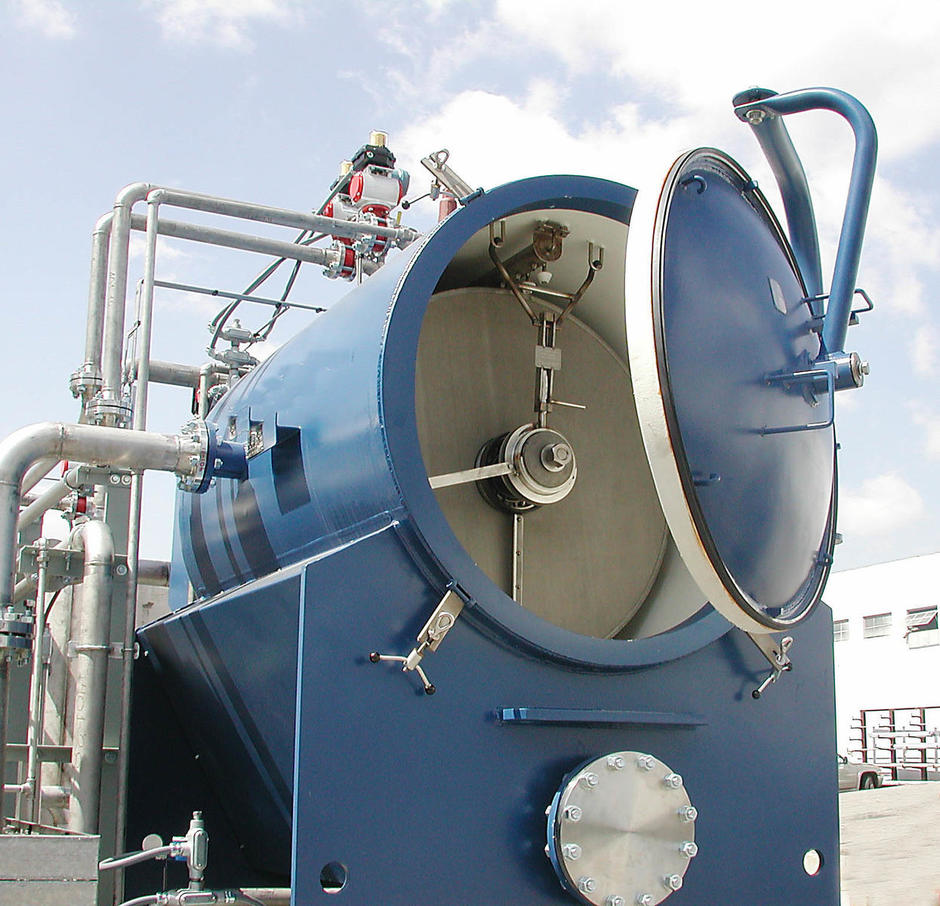The Rise of Products From Sugarcane in the Circular Economy
Opening the Potential of Products From Sugarcane: a Comprehensive Overview
The potential of sugarcane extends far past its traditional usage for sugar manufacturing. This guide explores the multifaceted applications of sugarcane, from energy and biodegradable materials to health products. By analyzing its trip from field to factory, it reveals how sustainable practices can change waste right into beneficial resources. As markets look for environmentally friendly services, the question continues to be: just how can these technologies reshape our approach to farming and manufacturing?

The Trip of Sugarcane: From Area to Manufacturing facility
Sugarcane goes through a remarkable makeover as it travels from rich areas to dynamic factories. In the fields, the tall, environment-friendly stalks are gathered, commonly by mechanical means or manual work. As soon as reduced, the sugarcane is quickly transported to processing centers to assure maximum quality. At the manufacturing facility, the first action entails crushing the cane to extract the sweet juice, which contains sucrose. Products From Sugarcane. This juice is after that filteringed system and cleared up, eliminating pollutants. Following this, it undertakes dissipation to concentrate the sugar content, bring about crystallization. The resulting sugar crystals are separated from the continuing to be molasses with centrifugation. The sugar is dried out and packaged for circulation. Throughout this journey, maintaining top quality and performance is crucial, as the techniques employed directly influence the product's final high quality. This transformation not only highlights the farming relevance of sugarcane however likewise its considerable duty in the global economic climate
Sugar and Its By-products: Even More Than Just Sweet taste
The improvement of sugarcane into refined sugar unlocks to a wide variety of products and applications that prolong past simple sweet taste. Sugar and its derivatives, such as molasses, brownish sugar, and glucose, play crucial duties in numerous industries, including food, pharmaceuticals, and cosmetics. In the food industry, these components boost tastes, enhance structure, and function as preservatives.Molasses, a byproduct of sugar production, is rich in vitamins and minerals, making it a beneficial active ingredient in organic food and pet feed. Glucose, a basic sugar acquired from sugarcane, acts as a considerable energy resource in sporting activities nutrition and is crucial in the manufacturing of confectionery. Additionally, sugar by-products are utilized in fermentation processes, adding to the manufacture of alcoholic drinks and various other microbial items. On the whole, the flexibility of sugar and its derivatives highlights their relevance past plain sweetness in day-to-day life.
Biofuels: Harnessing Power From Sugarcane

A significant section of worldwide biofuel production now counts on sugarcane, identified for its high energy yield and efficiency in transforming sunlight right into biomass. This tropical plant works as a key source for ethanol, a sustainable fuel that can replace gas in lorries. Sugarcane's capability to generate even more ethanol per hectare than other feedstocks, such as corn, adds to its raising appeal among biofuel producers.The fermentation process of sugarcane juice or molasses generates ethanol, which can be blended with fossil gas to decrease greenhouse gas discharges. Furthermore, by making use of the recurring bagasse from sugarcane processing, energy can be created with combustion, further improving the sustainability of biofuel production. As countries seek to reduce climate adjustment effects, sugarcane biofuels use an appealing service, boosting power safety and advertising farming sustainability while supporting rural economies.
Biodegradable Plastics: The Lasting Different
Exactly how can markets change to more lasting practices in the face of expanding plastic pollution? One appealing solution depends on naturally degradable plastics stemmed from sugarcane. Unlike conventional petroleum-based plastics, these bioplastics offer an environment-friendly option that can greatly decrease ecological impact. Made from renewable energies, sugarcane-based plastics disintegrate more quickly in various problems, lessening landfill buildup and marine debris.The manufacturing of naturally degradable plastics not just addresses waste management difficulties yet also straightens with the enhancing consumer need for lasting products. Industries embracing these products can enhance their brand name picture while adding to a round economic climate. Additionally, the modification to naturally degradable options encourages innovation and financial investment in new technologies, fostering a greener sector landscape.As much more companies acknowledge the benefits of sugarcane-derived plastics, the possibility for extensive adoption boosts, leading the way for an extra sustainable future in product packaging and item layout.
Animal Feed and Fertilizers: Using By-products
The byproducts of sugarcane handling hold considerable capacity for both animal nourishment and natural fertilizers. These results can be incorporated into animal feed, providing crucial nutrients while lowering waste. Additionally, they can work as effective natural blog plant food choices, enhancing soil wellness and promoting lasting agricultural practices.
By-products in Pet Nutrition
While sugarcane is mainly valued for its sucrose web content, its by-products play a crucial function in pet nutrition, specifically in the form of animal feed and fertilizers. The fibrous deposit known as bagasse, generated during the removal of juice, works as a valuable resource of roughage for livestock. This high-fiber product boosts food digestion and promotes total wellness in ruminants. In addition, molasses, a result of sugar refining, is rich in power and can be made use of to supplement pet diets, enhancing palatability and nutritional value. Vinasse, a liquid byproduct from ethanol manufacturing, consists of crucial nutrients and can be made use of as a feed additive. Overall, sugarcane by-products add substantially to lasting pet nourishment practices.
Organic Plant Food Options
Utilizing sugarcane results expands past pet nutrition to incorporate natural plant food alternatives that benefit farming methods. The coarse residues, such as bagasse and filter cake, function as effective organic fertilizers, improving dirt health and wellness and enhancing plant returns. These materials are abundant in nutrients, including nitrogen, potassium, and phosphorus, essential for plant growth. When decayed, they enhance soil structure, water retention, and microbial activity, cultivating a lasting farming environment. Furthermore, utilizing sugarcane byproducts for fertilizing minimizes dependence on artificial plant foods, promoting eco friendly farming methods. By reusing these results, farmers can contribute to a round economic situation while enhancing their productivity and minimizing waste. This method exemplifies ingenious techniques in sustainable farming, leveraging sugarcane's full possibility.
Health and wellness and Health: Nutritional Advantages of Sugarcane
Many research studies highlight the nutritional benefits of sugarcane, making it a beneficial enhancement to a balanced diet regimen. Rich in necessary nutrients, sugarcane contains considerable quantities of carbohydrates, vitamins, and minerals, specifically vitamin Potassium, c, and calcium. These components contribute to general wellness, supporting immune function and bone strength.Moreover, sugarcane is a natural source of antioxidants, which help fight oxidative tension and inflammation in the body. Its high fiber content help in digestion, advertising digestive tract health and protecting against constipation. Furthermore, sugarcane juice has actually been connected to hydration and power replenishment, making it an exceptional choice for professional athletes or those participating in strenuous activities.Furthermore, the glycemic index of sugarcane is reasonably low, enabling for a much more progressive release of energy, which may be useful for individuals taking care of blood glucose levels. In general, integrating sugarcane into one's diet regimen can provide a rejuvenating and nourishing choice for health-conscious individuals.
Developments in Sugarcane Products: Future Trends and Possibilities
What advancements exist in advance for sugarcane items as markets seek to enhance sustainability and customer appeal? The future of sugarcane items is poised for substantial developments, driven by the need for environmentally friendly alternatives. Innovations in bio-based product packaging, originated from sugarcane, are gaining grip, supplying a lasting alternative to traditional plastics. In enhancement, the expedition of sugarcane's bioactive substances is most likely to lead to new health and wellness supplements and useful foods, maximizing its natural benefits.Research into fermentation processes might generate novel biofuels, better expanding sugarcane's utility. Moreover, the development of genetically modified sugarcane varieties promises enhanced yields and resistance to pests, consequently sustaining lasting farming techniques. As customers become a lot more environmentally aware, the assimilation of openness in sourcing and production methods will certainly likewise play an important role fit the future of sugarcane products. Ultimately, these innovations could redefine sugarcane's setting in international markets.
Often Asked Concerns
What Are the Ecological Impacts of Sugarcane Farming?
The environmental impacts of sugarcane farming consist of logging, loss of biodiversity, dirt degradation, and water contamination - Products From Sugarcane. In addition, see here now extreme pesticide and fertilizer use can hurt communities, while monoculture techniques may cause reduced durability against climate adjustment

How Is Sugarcane Processed Into Different Products?
Sugarcane processing entails harvesting, crushing, and extracting juice, which is then cleared up and focused. The resulting syrup can be fermented for ethanol or crystallized for sugar, while fibers are used for bioenergy and other items.

Exist Any Type Of Wellness Threats Associated With Sugarcane Consumption?
The inquiry of health risks related to sugarcane consumption highlights issues such as too much sugar consumption, potential allergic reactions, and intestinal problems. Moderation is crucial to reduce these dangers More about the author while appreciating its nutritional advantages.
What Are the Economic Benefits of Sugarcane Growing?
The economic advantages of sugarcane farming include task development, enhanced farming performance, and contributions to local economic climates. Additionally, it supports sustainable power production and offers numerous spin-offs that can improve productivity within varied markets.
How Does Sugarcane Contrast to Other Renewable Resources?
Sugarcane, as a renewable energy, demonstrates higher efficiency in biomass production contrasted to many options. Its flexibility permits numerous results, contributing notably to lasting practices, financial development, and reducing reliance on nonrenewable fuel sources. Sugar, a simple sugar obtained from sugarcane, offers as a substantial power source in sports nourishment and is crucial in the production of confectionery. Sugarcane's ability to produce more ethanol per hectare than other feedstocks, such as corn, adds to its increasing popularity amongst biofuel producers.The fermentation procedure of sugarcane juice or molasses generates ethanol, which can be mixed with fossil fuels to reduce greenhouse gas exhausts. In addition, sugarcane juice has been connected to hydration and energy replenishment, making it a superb selection for professional athletes or those involving in exhausting activities.Furthermore, the glycemic index of sugarcane is relatively reduced, permitting for a more steady release of power, which might be useful for individuals handling blood sugar levels. In addition, the expedition of sugarcane's bioactive substances is most likely to lead to brand-new health and wellness supplements and practical foods, utilizing on its natural benefits.Research into fermentation processes might yield unique biofuels, additionally diversifying sugarcane's energy. The concern of health and wellness dangers associated with sugarcane usage highlights problems such as excessive sugar consumption, prospective allergies, and gastrointestinal problems.